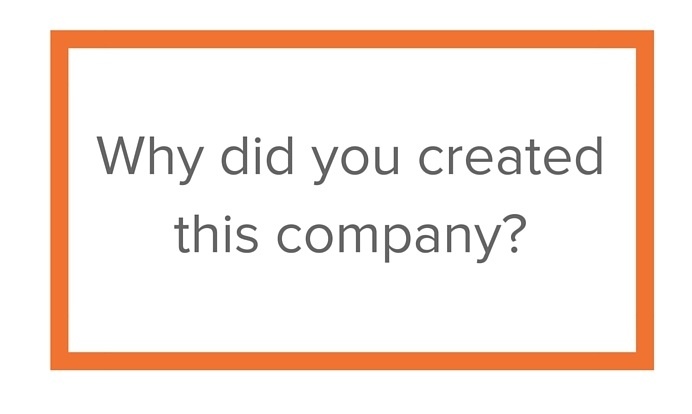We gained great insights about our client pitch from a C2-Montréal workshop about selling to large companies, and we're sharing them.
On the first day of C2 Montréal, we presented a pitch in the “Helping Startups Sell to Larger Companies” workshop held by Communitech.
The workshop revolved around three start-ups pitches. Participants were assigned to one of the three start-ups to provide feedback on key points like value proposition, storytelling and opportunities.
I received great feedback from the people there, and I hope it can help others as well.
But a little bit of context first. This pitch is addressed to a prospect, and it is not an investor deck. Don't be surprised if there is no mention of topics like the market, competition and so on. And since it's a 3 minutes pitch, of course, there is a lot of information missing. In fact, this was a short and tweaked extract of our actual customer pitch deck. (It usually takes 15-20 minutes and it precedes a demo of our software.)
Let’s dive in and see the first version.
V1 of the pitch
Let me tell you the story of Beeye, a web-based software solution that solves management issues in large organizations.
When my partners and I started working after our master’s in project management and engineering, we were shocked.
We couldn’t believe how inadequate business software was. It was fine to manage one large project, but nothing was available for smaller projects, operational activities and administrative tasks, and worse still, nothing was showing the big picture.
Designers have Photoshop. Sales people have Salesforce. Project managers have MS Project. But what about managers? What do they use to manage people and activities? Well, they either use nothing, Excel, or other homemade tools, but nothing that really answers their needs.
Large companies use classic enterprise solutions to manage their big projects. But these represent only a small part of all that is going on in the organization: there are also smaller projects, operations and administrative tasks.
Big tools are fine to manage one big project in detail, but nothing is showing the big picture.
There are far-reaching and damaging consequences: without the big picture, you cannot plan according to your capacity. You lack key resources when you need them on your project, which means delays and domino effect on all projects. You don't know when to hire, whom to hire.
And managers need this information.
At Beeye we do 2 things: we replace Excel spreadsheets and other homemade tools and we connect with larger tools to provide the big picture.
Beeye has been implemented in SME, public organizations and large companies.
Our clients get visibility on what's going on in their organization and get data to make better decisions and increase time spent on valuable activities.
Our tool is easy to implement and to use, and even in large and complex organizations they can get benefits of using Beeye in a short time.
We offer a product and services, but our objective is to specialize in the product and to establish partnerships with service companies.
As managers, you need information on what is going on, who is working on what, and if things are going as planned. The big ERP and project management software are overkill, but you need more than Excel spreadsheets or a napkin.
In fact, you need Beeye.
I will now go through some key advice I received from participants.
1. Tell your story, who are you and why did you create this product

Workshop participants asked me about our story. I explained that Beeye’s cofounders received master’s degrees in project management and engineering, and that we saw a big need when we entered the corporate world.
We had tools to manage one big project in detail (like MS Project), but it was overkill for most smaller projects, and it didn’t show the big picture.
Ultimately, line managers turned to Excel spreadsheets to manage their people and activities. And this is suboptimal and painful.
Participants found it to be an interesting story and insisted that I should tell more about it in the pitch.
⁂« People want to connect. »
